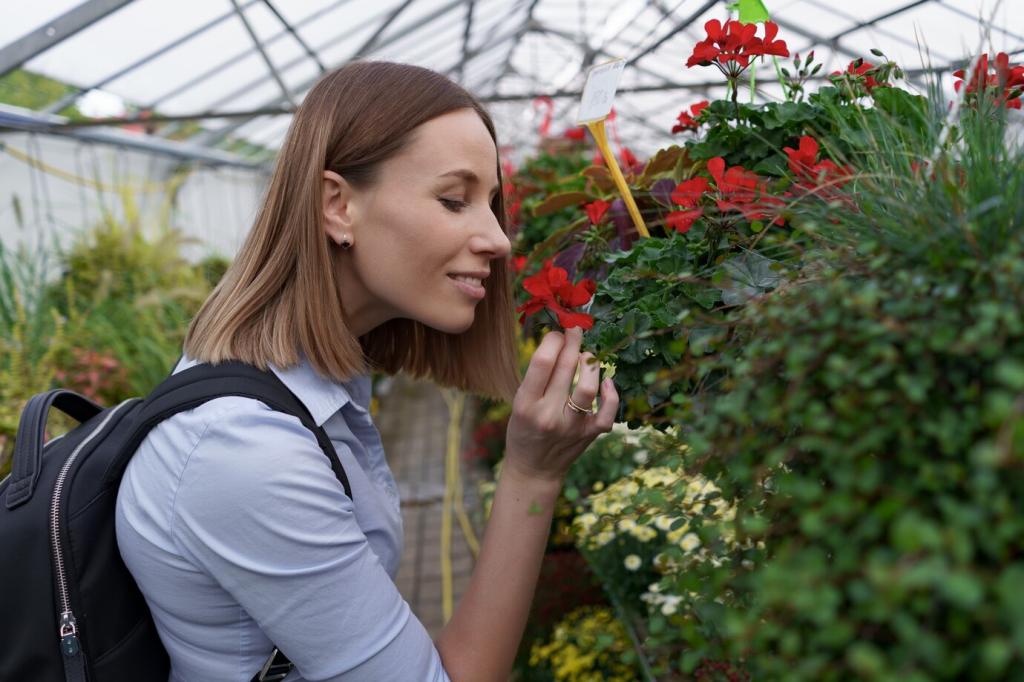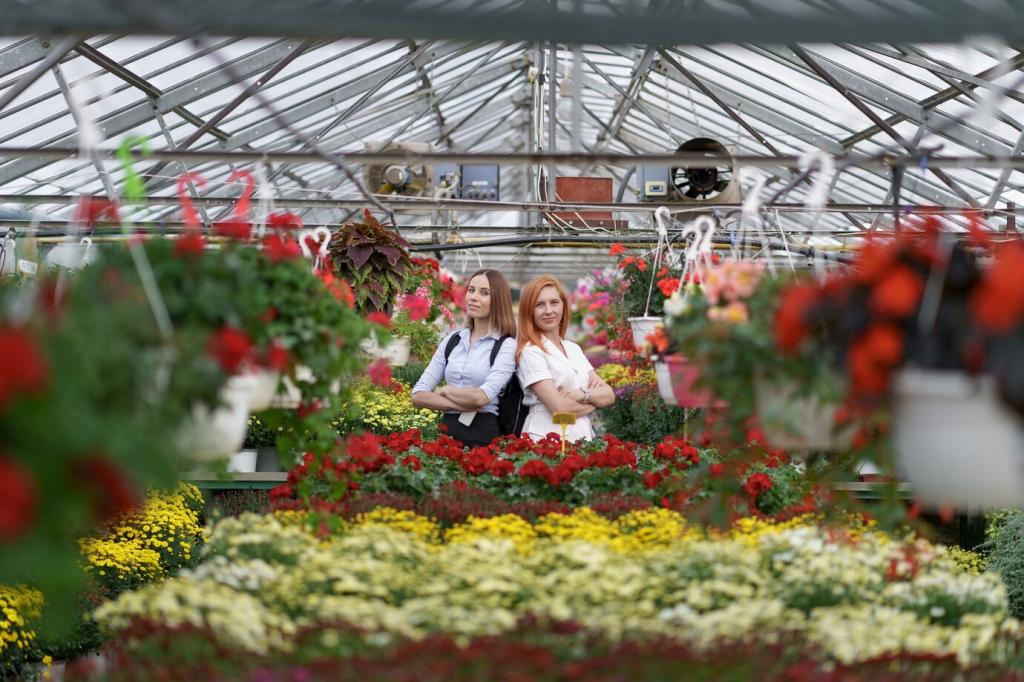
Vertical Gardening Solutions
Vertical gardening has revolutionized the way we approach limited space and urban greening. By integrating innovative structures and plant systems, vertical gardens make it possible to maximize greenery, improve air quality, and introduce an element of natural beauty in both interior and exterior spaces. Whether you wish to enhance your home environment, boost productivity in office spaces, or add creativity to commercial settings, vertical gardening offers practical and aesthetic solutions that fit a wide range of needs. Explore the benefits, creative ideas, necessary maintenance, and future possibilities of vertical gardening to transform your living or working environment with lush, vertical landscapes.
Vertical gardens naturally purify the air by increasing the concentration of plants in spaces where horizontal gardening is limited. The dense foliage found in vertical structures absorbs carbon dioxide, traps pollutants, and releases oxygen, resulting in fresher and cleaner air. This improved air quality is especially beneficial in urban areas plagued by vehicle emissions and industrial pollutants, supporting healthier living and working environments. Integrating vertical gardening into homes or offices can mitigate airborne toxins, reduce allergens, and help control humidity, making indoor spaces more comfortable and safer over time.

Types of Vertical Gardening Systems
Living wall systems, often referred to as green walls, are integrated structures designed specifically to support dense plant growth on vertical surfaces. These systems use engineered panels, modular trays, or felt pockets to hold soil and plants in place, often paired with built-in irrigation networks for easy maintenance. Suitable for both indoor and outdoor use, living walls can transform bland exteriors into vibrant showcases or convert sterile office interiors into lush retreats. Their modularity allows for customization in plant selection, shapes, and patterns, making them a versatile choice for personal and commercial spaces.
Previous
Next
Choosing the Right Plants
For vertical gardens exposed to direct sunlight, choosing sun-loving plants is crucial. These species thrive under bright, consistent light and can withstand the heat that vertical surfaces may accumulate during the day. Popular options include succulents such as sedum and echeveria, vibrant flowering species like petunias and marigolds, and even certain herbs such as basil and rosemary. Sun-tolerant plants typically have adaptations such as waxy or hairy leaf surfaces to reduce water loss, making them hardy choices for challenging urban locations. Incorporating these plants guarantees healthy growth and vibrant color throughout the growing season.
Previous
Next
Installation and Maintenance Considerations
Before starting a vertical garden, assess the structural integrity of your chosen wall or frame. Vertical systems can become heavy, especially once saturated with water or as plants mature. Reinforcing surfaces and using appropriate mounting hardware is crucial for safety and longevity, preventing accidents or damage to buildings. It’s essential to consult with professionals if installing larger systems, especially on exterior walls or multi-story facades, to account for wind exposure, weight distribution, and waterproofing needs. Well-installed gardens provide peace of mind and lasting visual appeal.

Indoor Vertical Gardening
Adapting to Indoor Conditions
Indoor vertical gardens require a distinct approach compared to outdoor applications. Attention must be paid to available light sources—supplemental grow lights may be necessary if natural illumination is insufficient. Indoor climates also tend to be drier; therefore, humidity-loving plants or additional misting systems may be required. Selecting the right plants and system design ensures your vertical garden will genuinely thrive inside, offering year-round greenery regardless of external weather conditions.


Office Green Walls
Workplace wellness benefits immensely from installing office green walls or vertical gardens. These installations can reduce noise, improve focus, boost creativity, and provide crucial relaxation during stressful moments. Employees exposed to natural elements report higher job satisfaction and lower absenteeism. By transforming sterile office walls into living breathing canvases, companies demonstrate commitment to worker wellbeing, adding visual interest and a sense of community within professional settings.
Outdoor Applications and Urban Greening
City planners and architects increasingly use vertical gardens to revitalize public spaces and infrastructure. Highway sound barriers, building facades, and underutilized alleys can be converted into green corridors that provide visual relief and ecological value. Such installations not only improve cityscapes but also mitigate noise pollution and heat, fostering healthier environments for residents. Public green walls can become iconic landmarks, contributing to local pride and neighborhood identity.

Sustainability and Environmental Impact
Water Conservation
Vertical gardens can be optimized for water efficiency, especially when using drip irrigation systems or moisture-retentive substrates. Integrating greywater systems allows for the reuse of household water for plant irrigation, drastically reducing overall consumption. Drought-tolerant plants and efficient watering further minimize waste, making vertical gardening a smart choice for water-scarce regions or environmentally conscious gardeners. These practices promote long-term sustainability without sacrificing greenery.
Biodiversity Enhancement
Introducing a wide variety of plants into urban environments boosts biodiversity, providing habitats for beneficial insects, birds, and pollinators. Vertical gardens encourage native plant use, which supports local ecosystems, while also offering opportunities to experiment with rare or endangered species in protected settings. This increased diversity not only beautifies spaces but enhances ecological stability and resilience—a vital contribution in an age of habitat loss and urbanization.
Energy Efficiency and Insulation
Vertical gardens can act as natural insulation barriers for buildings, helping regulate indoor temperatures and reduce reliance on artificial heating or cooling. The vegetation layer buffers temperature extremes, absorbs sunlight, and minimizes heat loss in winter while keeping interiors cooler during summer. As a result, both residential and commercial properties can witness energy savings, lower emissions, and enhanced comfort—demonstrating the direct impact of vertical gardening on environmental stewardship.
